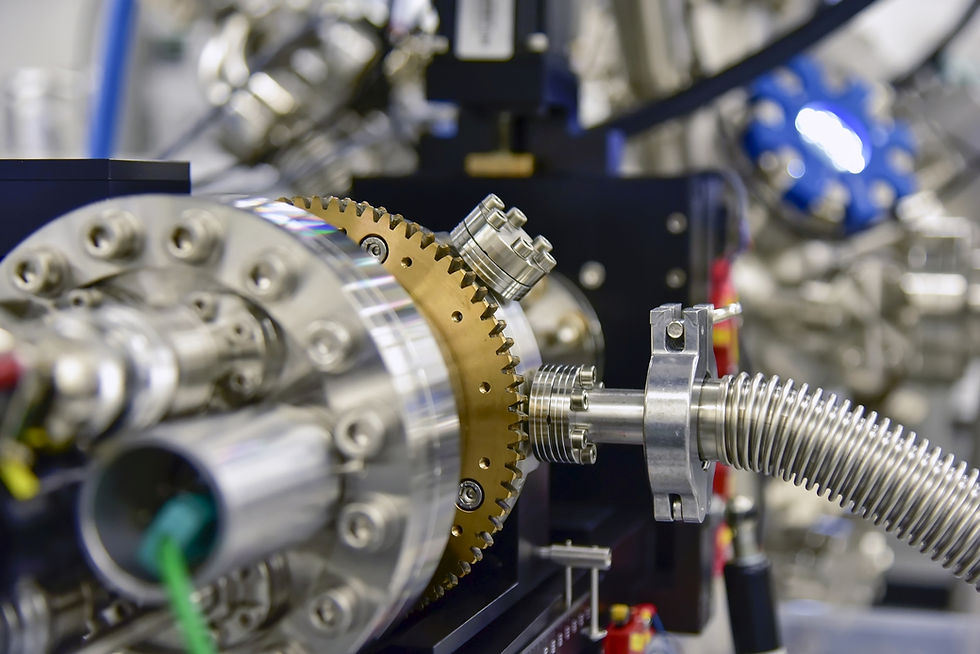Thanks to Czech scientists, ecological production of photovoltaic systems in Europe is close
- LNSM
- Dec 1, 2022
- 1 min read
Updated: Nov 10
Thanks to the PILATUS project, three pilot lines will be built in Europe by 2025, covering the entire production cycle of innovative silicon solar panels. Special technologies with contacts on the bottom will allow solar cells to convert energy with higher than 26% efficiency. In the production of this photovoltaic "Ferrari", the experts also want to minimize its CO2 footprint. In the project, a team from the Institute of Physics of the Czech Academy of Sciences under Martin Ledinský's leadership will also be involved.
In 2020, more than 20% of global photovoltaic capacity was installed in Europe, but less than 1% of global solar cell production was produced there. By this year, 1 TWp of photovoltaic systems have (cumulatively) become operational, while it is only about 700 GW in nuclear power plants. In the context of recent geopolitical events, dependence on imports from Asia of about 97% of solar cells, seems to be an energy hazard that may end the European Green Dream.
"The planned pilot line for the production of photovoltaic modules will increase the current total photovoltaic cell production capacity in Europe by 30%," comments Martin Ledinský on the importance of the European project, adding: "The annual production capacity of the pilot operation will reach a minimum of 170 MWp. If the project proves viable, a second phase will follow – a factory with an annual capacity of 3-5 GWp.“
More about the PILATUS project can be found here.



Comments